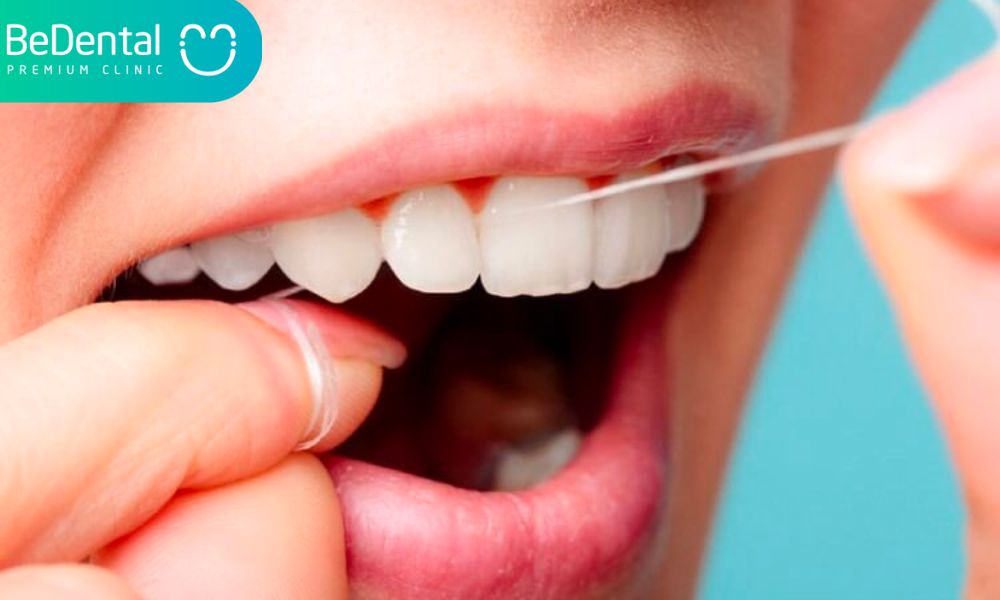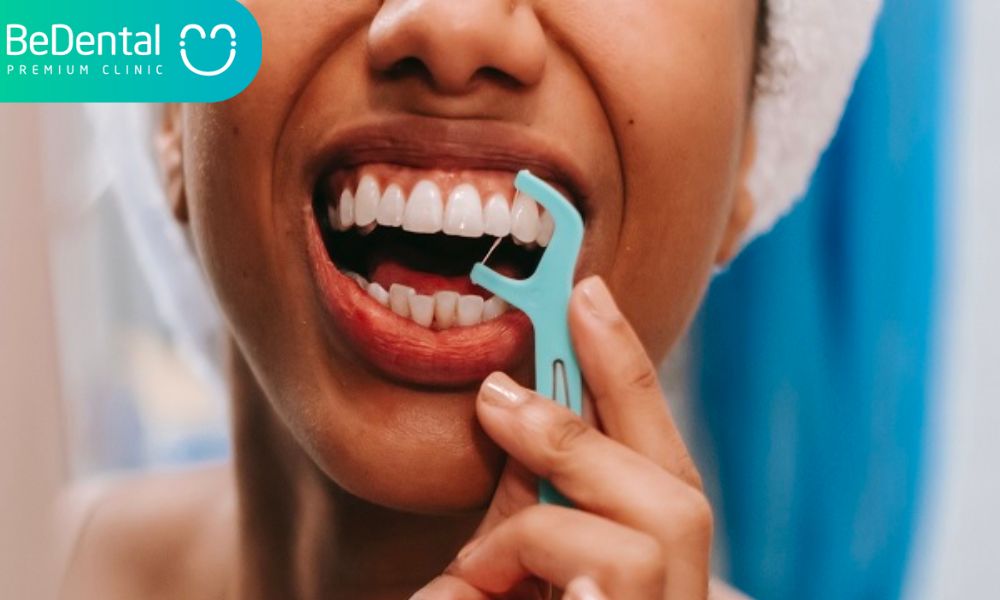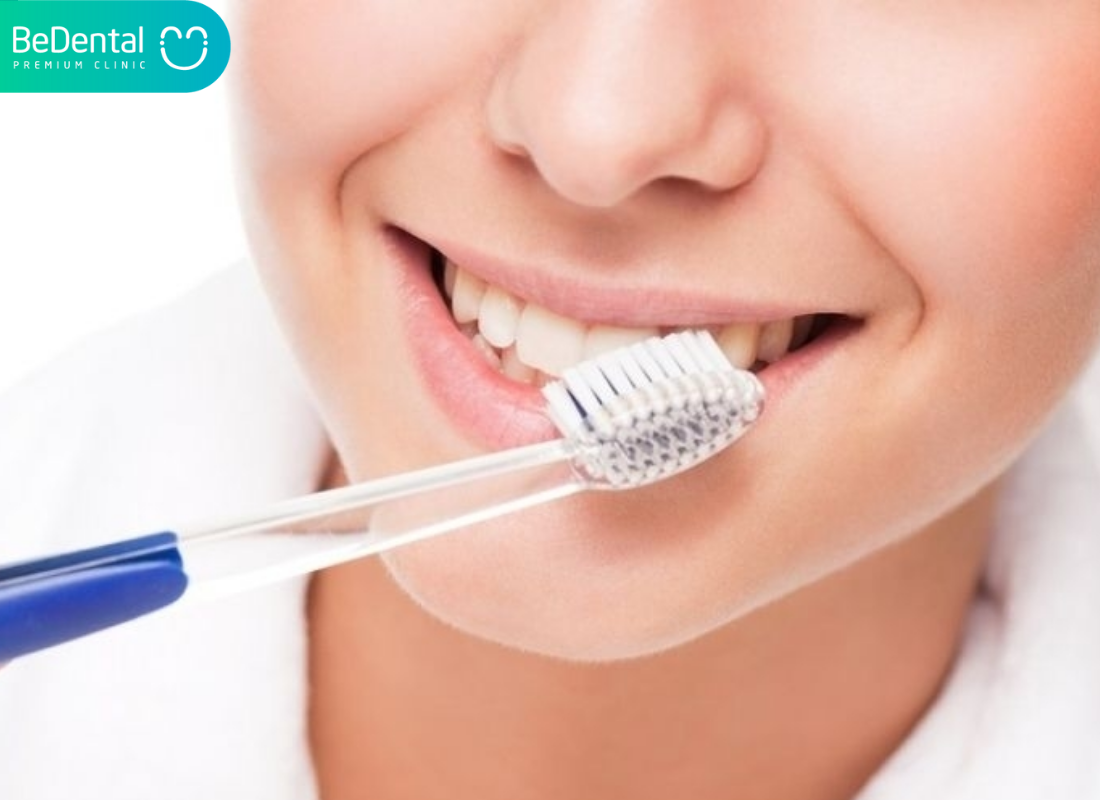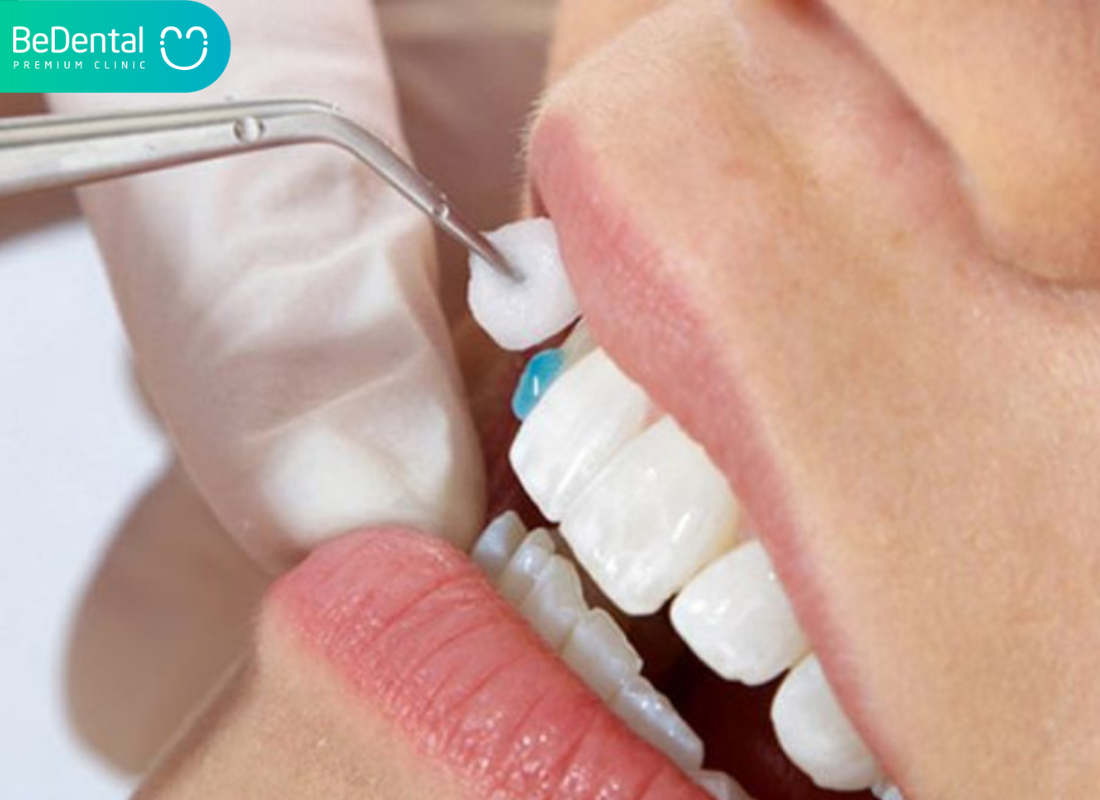What is dental floss?
Dental floss is a cable of thin filaments used for interdental cleaning to remove food and grime from areas between teeth or where a toothbrush cannot or only partially reach. To preserve dental health, it should be used often as part of oral cleansing.
One of two polymers, nylon or teflon, is often used to create dental floss, and these materials:
Long-chain synthetic polyamide fiber is called Nilon. Moreover, it is a substance linked to ammonia that has more than one amide group. The polymer compound polytetrafluoroethylene is known commercially as Teflon (PTFE). Depending on the producer, additional auxiliary materials may also consist of flavorings, coatings (like wax), and other substances.
Why should I use dental floss?

As part of your daily oral hygiene practice, you should start using interdental brushes at the age of 12 in addition to regular brushing.
Flossing might be a viable option for those who do not have enough room between their teeth to utilize an interdental brush.
Thread Floss
Similarly to other dental flosses, thread floss is made of nylon and serves the same purpose. It is easy to use and slides easily between the teeth.
Waxed and Unwaxed Floss
Wax- and un-coated dental floss are also available.
- Nylon with around 35 twisted strands is used to make unwaxed floss.
- Waxed floss is a type of nylon floss that has a thin wax coating applied to it.
Flavored and Unflavored Floss
You may purchase flavor-infused dental floss if you like the popular toothpaste’s crisp, minty scent. An aftertaste of minty freshness and cleanliness is left in the tongue. Try fluoride-coated floss or cinnamon-flavored toothpaste. Flavored flosses are the solution if you’re having difficulties encouraging your kids to floss their teeth.
Tape Floss or Dental Tape
If your teeth are widely spread, tape floss, sometimes referred to as dental tape, is an alternative. Compared to standard dental floss, it is broader and thicker and won’t fray or break easily. It seems as though it penetrates both sides of a tooth, leaving wider spaces in between.
Super Flosses
Super floss resembles yarn in texture. It is employed to clean the regions surrounding dental bridges and braces. Since it features firmer parts on either end, this type of floss can endure the strain of flossing in those difficult-to-reach places when wearing braces or dental bridges.
PTFE Floss
Polytetrafluorethylene, or PTFE, is the same substance that makes up the high-tech Gore-Tex fabric. It glides through your teeth with ease. It’s perfect for those who struggle with tooth emergence or have crowded teeth. Before using PTFE floss, you should talk to your dentist about the possibility that perfluorooctanoic acid can cause cancer.
Biodegradable and Natural Floss
If you’re concerned about the environment, you may purchase floss that is packaged in reusable glass bottles that decompose naturally.
Moreover, you may get silk floss that has been biodegradable vegan candelilla wax applied to it.
Flossing Aids

Did you know that there is a lot of equipment available to assist with flossing your teeth in order to maintain the health of your teeth and gums?
- Flossing stick;
- Dental floss holder;
- Vibrating dental flosser;
- Water flosser.
Finding the best equipment for your particular requirements may need some trial and error, but your dentist may offer suggestions based on their expertise.
Flossing Stick
The flossing stick, which resembles a stick, works best when it is coiled firmly. The effectiveness of floss increases with its tightness.
Dental Floss Holder
There are Y-shaped holders for dental floss. The floss works similarly like holding floss in your hands and is attached to the upper points of the Y. It is quick and easy to use the Y floss holders, making it possible to reach those difficult-to-reach places of the mouth.
It is simpler to utilize handles that are longer. They are perfect for those who have braces, dental implants, bridges, or crowns.
Vibrating Dental Flosser
Let’s assume that the thought of physically flossing your teeth in front of a mirror bothers you. One alternative in that situation is a vibrating dental flosser. They are easy to use and provide your gums a little massage. They cost more than conventional dental floss choices, which is a drawback.
With the help of a sturdy single-line nylon, this electric flosser vibrates in between the teeth. For people who find dental floss difficult to use, its oscillating motion is excellent. Don’t injure the gum line when using an electric vibrating dental flosser.
Water Flosser
A great approach to floss that also has a massage effect is using a water flosser. A water flosser works by blasting a fine stream of water between your teeth and gum line to remove plaque and food particles. If you have braces or bridges, they are a great option.
The Proper Flossing Technique
You are using dental floss. Great. But, you must employ the right method in order for dental floss to remove plaque from your teeth properly.
Before grabbing the floss, wash your hands because you’ll be sticking your fingers into your mouth. The American Dental Hygienists’ Association outlines the essential components of correct flossing technique in four easy steps:
- Wind: Wind 18 inches of floss around the middle or index finger of one hand, depending on your preference, and a little quantity of floss around the same finger on the other hand. (By using your middle finger, you may manipulate the floss with your index finger.) Although it can seem like a lot, you just need enough to maintain a clean section as you proceed from tooth to tooth. Leave a one- to two-inch space between your thumbs and index fingers as you pinch the floss. Using your thumbs, gently insert floss between the top teeth.
- Maintain a tight strand of floss between your fingers of one to two inches. To guide floss between lower teeth contacts, use your index fingers.
- Glide: Use a zig-zag motion to gently move floss between the teeth. Avoid letting the floss “pop” or “snap” between teeth. When you wrap the floss around the tooth in a C shape, contour it around the side of the tooth.
- Slide: Be careful to floss each tooth’s backside by sliding the floss up and down the tooth’s surface and under the gum line. Unroll a new length of floss from the finger of one hand and roll the old floss onto the finger of the other as you go from one tooth to the next. Please use your thumb as a guide.
Any form of floss, including waxed, unwaxed, spongy floss, and dental tape, can be used with this approach. The kind of floss you use is a matter of preference as long as you follow the proper procedure. There are several sorts available, and you may even select a variety of types to satisfy your demands and the needs of your family.
Flossing tips

- Take a 45 cm piece of floss and wrap some around the first finger on each hand.
- No slack should be present when you securely grasp the floss with your thumbs and forefingers, leaving about 2.5 cm of floss between them.
- To move the floss between your teeth, gently “rock” the floss between them. Avoid snagging the floss in the gums.
- After the floss has reached your gum line, bend it into a C shape and press it up against a tooth until you encounter resistance.
- Keep the floss pressed up to the tooth. Move the floss away from the gum by gently scraping the side of the tooth. Repeat down the side of the following tooth on the other side of the gap.
- Remember the back of your last tooth.
- Don’t stray from your usual flossing routine. Start at the top and work your way down from left to right, then go to the bottom and do the same. You’re less likely to lose any teeth this way.
More
Tartar and 6 ways to prevent its return
Teeth Whitening and 6 Noticeable Questions Should Know
Bad Breath and 6 Common Questions
Scaling and Polishing – Deep Oral Cleaning and 5 Habits To Keep Teeth Healthy





Pingback: Tongue Scrapers: 7 benefits you should know – Be Dental